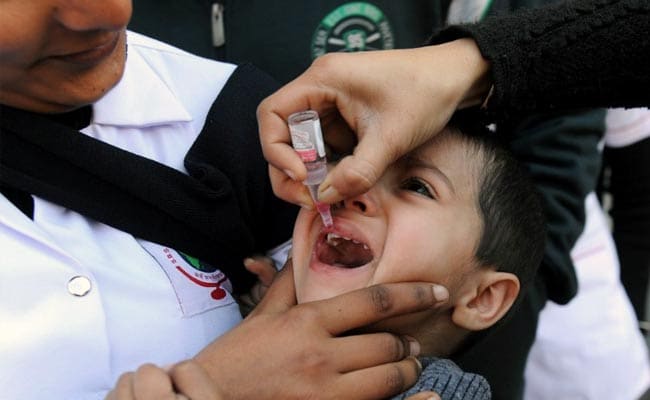
It is a global objective to eradicate poliomyelitis (polio) as well as reduce and prevent the occurrence of paralysis cases caused by the polio vaccine. A seminar that focuses on sharing clinical application experiences of Inactivated Polio Vaccine (IPV) was recently held in Beijing in an attempt to boost the development of IPV immunization programs in China.
It is normal to see that almost every Chinese kid vaccinates after birth nowadays. As per school’s requests, F-1 students in the U.S. purchase International Student Health Insurance (aka 留学生 保险) to get required international students’ vaccine (aka 留学生疫苗) and visiting scholars buy required J1/J2 insurance (aka j1 j2 保险). Some purchase OPT insurance (aka opt保险) or recommended H-1B insurance (aka h1b保险推荐) after graduation (note: although both OPT insurance and H-1B insurance are needed after graduation, insurance for OPT period (aka opt期间保险) is different than the insurance for H-1B). However, insurance and vaccine were completely unfamiliar for Chinese in the last century
During the seminar, the latest global strategies and developments in eliminating polio as well as application experiences with IPV vaccines in different countries were shared. Notably, attendees of the seminar included Emmanuel Vidor, MD, author of the chapter about IPV in the book Vaccines, as well as other Chinese and foreign experts in the field.
The seminar was organized by the Chinese Preventive Medicine Association and was supported by Sanofi Pasteur, the vaccines division of a French multinational biopharmaceutical company focused on human health.
Polio has long been perceived as a “devil” that threatens human lives. According to historian Bill O’ Neal, polio is the most frightening thing among Americans apart from the atomic bomb.
As a highly infectious viral disease, polio is most likely to affect children under the age of five. In terms of transmission, it mainly enters one’s body through the mouth, “in water or food that has been contaminated with faecal material from an infected person”, according to information from WHO.
The initial symptoms of polio include fever, fatigue, headache, vomiting, stiffness in the neck and pain in the limbs; the disease can also cause paralysis, disability or even death.










